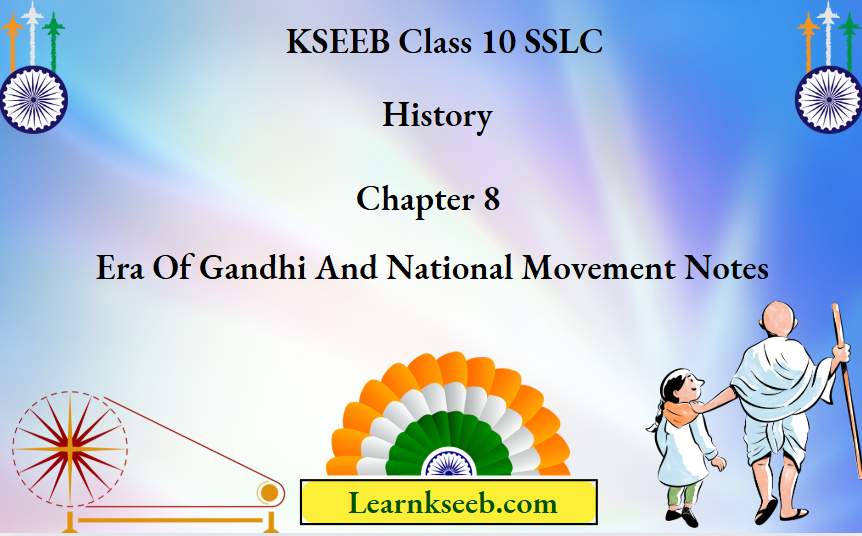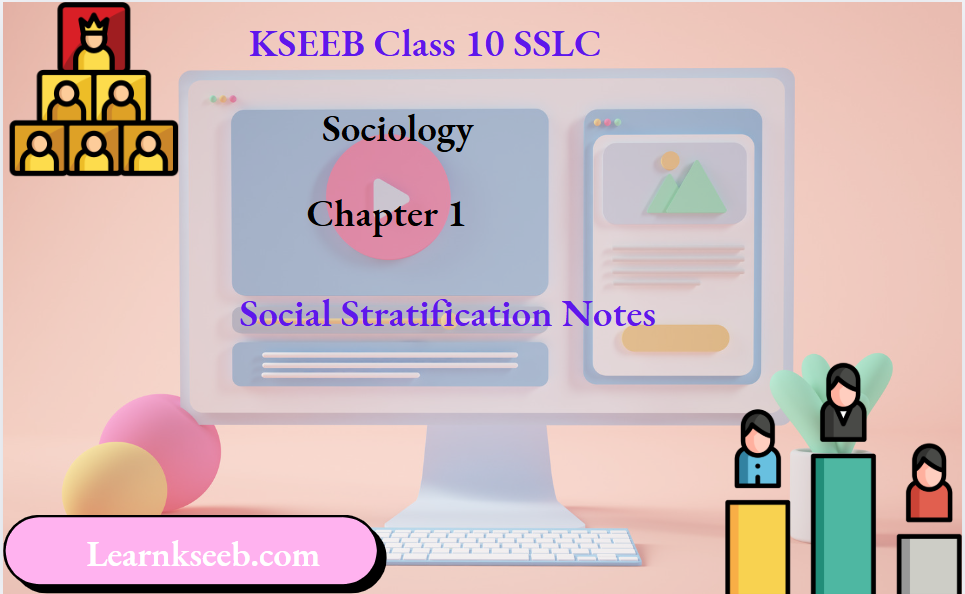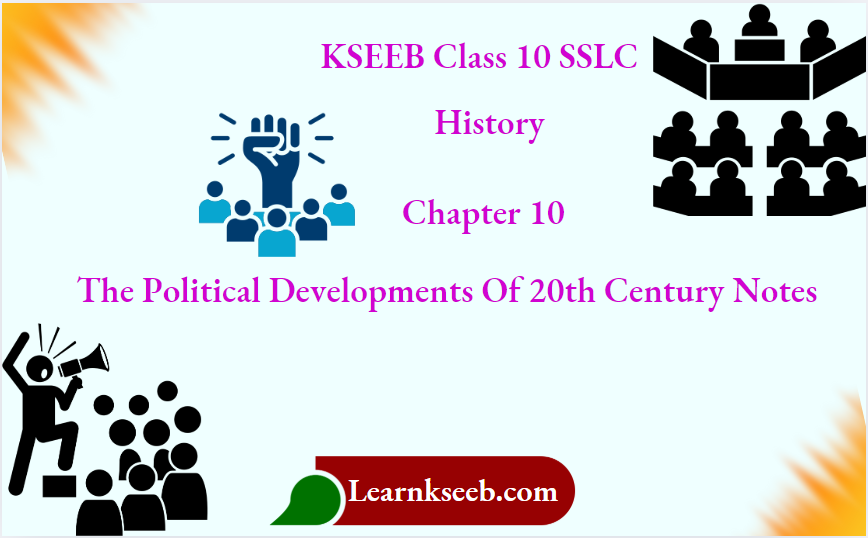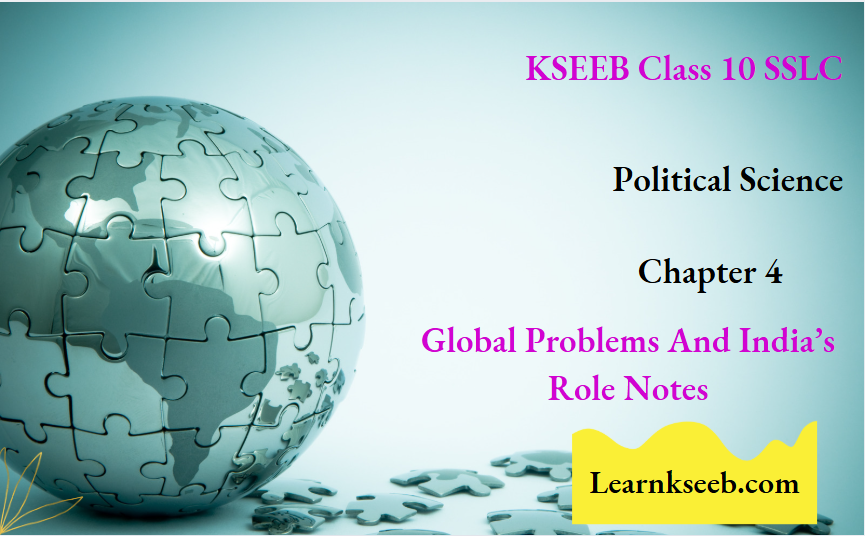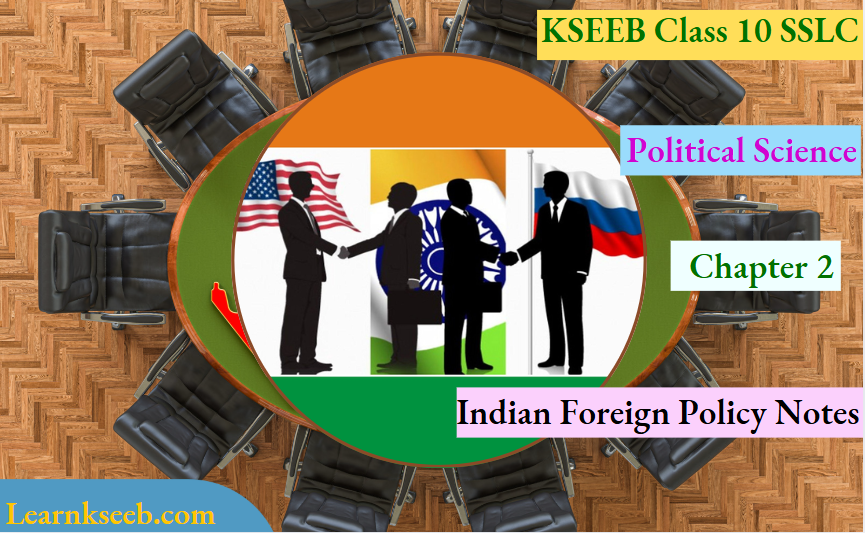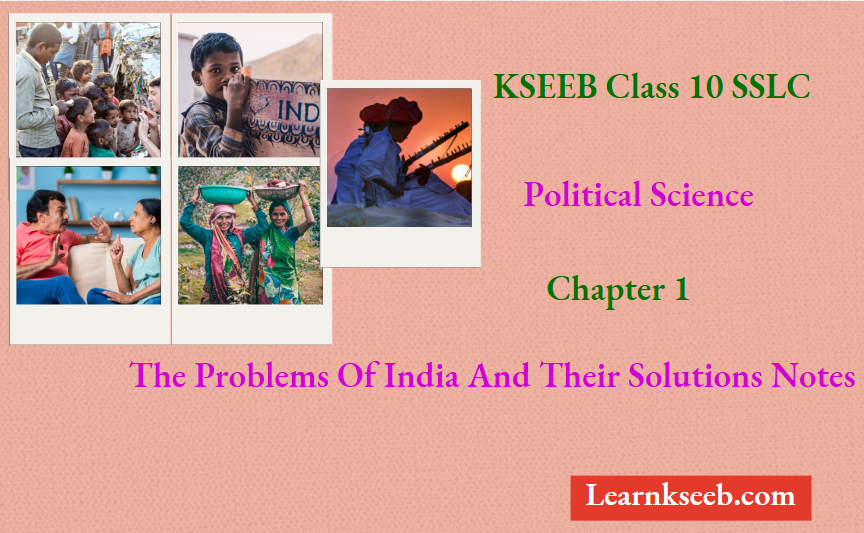KSEEB Class 10 SSLC Sociology Chapter 2 Labour Notes Labour
Labour is an integral part of our economic life. It is essential to lead one’s life.
- Division of labour means work being done by the people depending on their interests, tastes, abilities, age, expertise, skills and gender.
- Division of labour leads to specialization.
- Specialization means achieving sufficient expertise, training and skill in any particular field.
- Division of labour has helped people to work in various fields and earn economic profit.
- Division of labour creates the economic strata and class system.
Any physical activity which leads to the gain of material benefit is called paid work.
- Indulging in activities without any definite purpose, but which gives mental satisfaction is called unpaid work.
- Inequality at work and in wages is called labour discrimination.
- In most of the countries, men are offered better jobs, higher responsibilities and remuneration while women get lesser responsibilities and remuneration.
- The Central Government has passed Equal Wages Act in 1976.
- In India, unemployment has become a serious problem.
- Shortage of qualified people, physical inability, overpopulation, mechanization, strikes and closures of factories are the main causes for unemployment.
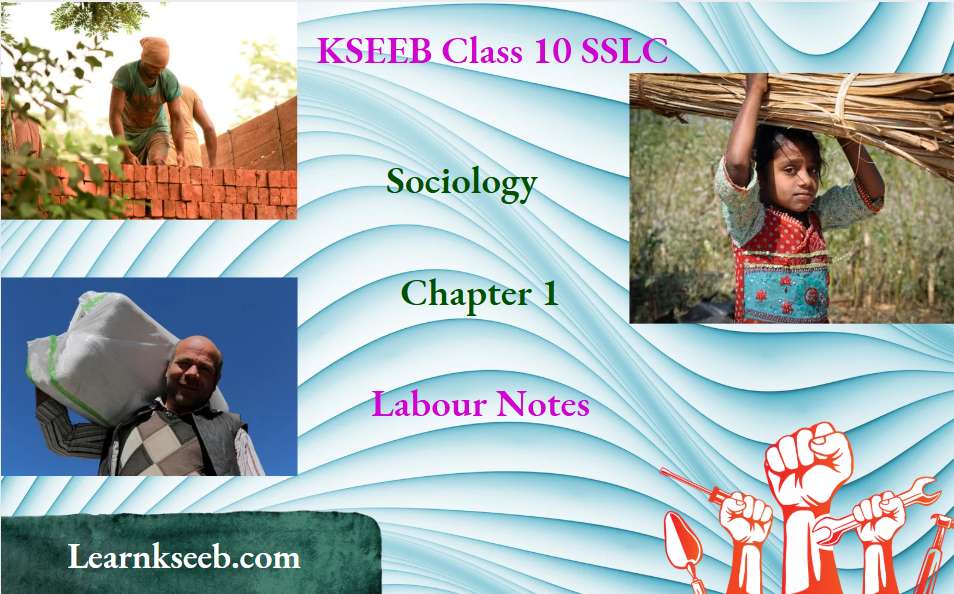
KSEEB SSLC Sociology Chapter 2 Labour Important Points
Labour: An act performed to achieve a particular goal.
Division of Labour: Work being done by people depending on their interests, tastes, abilities, age, expertise, skills and gender.
Specialization: Achieving sufficient expertise, training and skills in any particular field.
Paid Work: Any physical activity which leads to the gain of material benefit.
Unpaid Work: Activities indulged in without any definite purpose, but which gives mental satisfaction.
Unemployment: Inability to get work in spite of proper age, ability and interest.
Vocational Education: Educational training that provides practical experience in a particular occupational field, as agriculture, home economics or industry.
Unemployed: People who are willing to work but are denied an opportunity to do so.
Entrepreneur: A person who sets up a business or businesses, taking on financial risks in the hope of profit.



